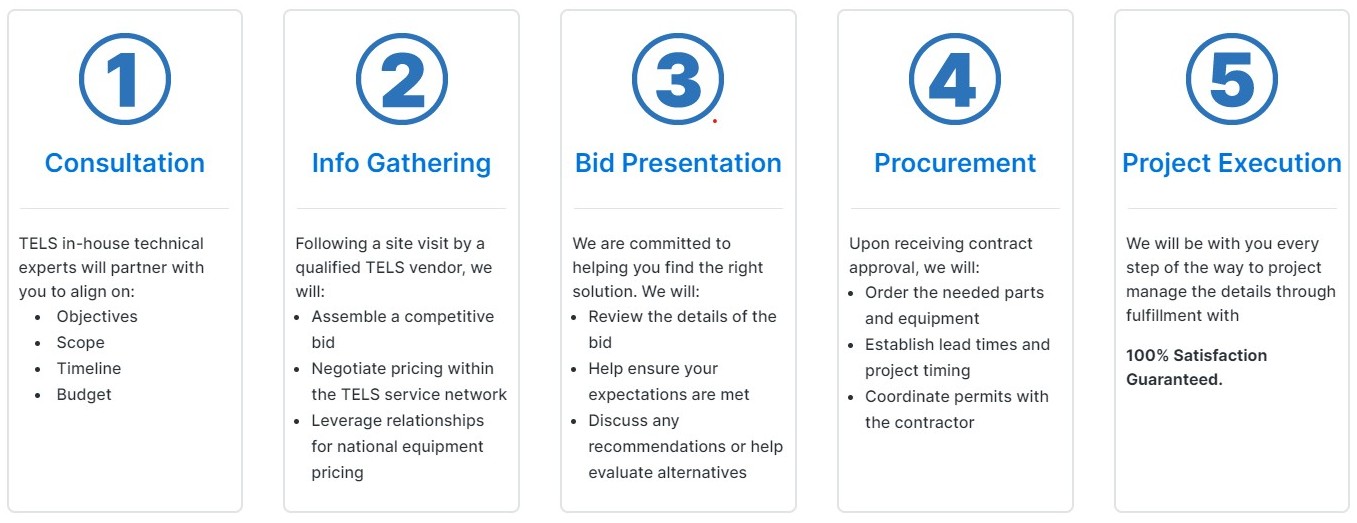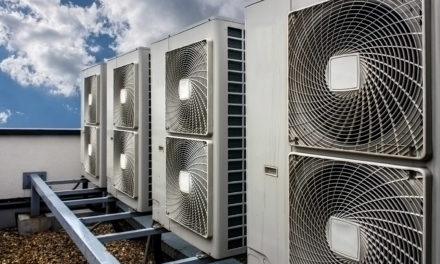Managing long-term generator installation projects in your facility
Prepare for the worst, hope for the best: a key strategy in managing multi-year projects. Generator projects are full of challenges. These projects usually have long durations, and need to be planned out to avoid unexpected problems, and minimize disruption to building occupants. Our goal is to uncover strategies to help your projects overcome these challenges and finish quickly. Let’s dive into the top four challenges of upgrading or installing a generator in your facility.
Regulatory compliance
Challenge:
New regulations can be approved at that state or national level, and it isn’t uncommon that each state will have their own regulations that will dictate the scope of your project. These regulation changes can have major repercussions if your generator has been ordered and in production such as the project needing to be reengineered, or worse, you are stuck with a generator that will no longer work for your facility.
Regulation, zoning laws and/or compliance changes can impact your project, requiring you to:
- Reengineer the project
- Consider cost implications for restocking fees or ordering new equipment
- Be aware of any changing regulations and legislation that affect your facility
- Pivot quickly to keep the project on task
- Manage the necessary permits and approvals as needed
Strategy:
Use a CMMS platform to monitor and adapt to changing regulations and requirements, manage workforce changes and ensure the final project stays on track. This won’t help with unforeseen code changes, but if you work with a project manager who stays on top of changing regulations, they can help you pivot quickly if something does change.
Permitting
Challenge:
Each state and municipality have different requirements for a generator project. Some may require engineering, along with specific permits. Make sure you know what these requirements are prior to ordering any equipment or starting work on your project. This will help avoid any unnecessary costs or potential fines.
Strategy:
Contact your municipality to see what will be required for your project. Contact a trusted resource to provide consultation on what is required for your project.
Budget management and cost overruns
Challenge:
It isn’t uncommon to see budgetary issues crop up during multi-year generator installation projects. Some of the main reasons why this happens include:
- Poor pre-construction planning
- Increased labor and material costs
- Unforeseen conditions
- AHJ Requirements
Strategy:
Carefully plan for fluctuating prices. Give yourself a cushion in your budget so you have the ability to adapt to any changes that may arise.
Time management and delays
Challenge:
Long lead times are a challenge that we’re all painfully familiar with by now. From the time you order your generator to the time it is received, you could’ve seen six months to a year pass. And unfortunately, extended timelines increase the likelihood of delays that can arise from:
- Equipment/Component availability
- Weather conditions
- Changes in project scope
- Unforeseen conditions
- AHJ Requirements
Strategy:
You can mitigate these challenges with contingency plans and effective time management. Make sure you work with a partner that anticipates lead times and other delays, which will give you more wiggle room if and when the project actually does take longer. Reduce unexpected changes in product, equipment, and labor availability with strong supplier relationships, monitoring industry trends and identifying areas of risk.
Tip: It’s important to know that some of these challenges are out of your control. However, you don’t have to face them alone. Use a project manager, like the assistance of TELS® Building Services®, who can help you plan and even complete some of these steps for you.





